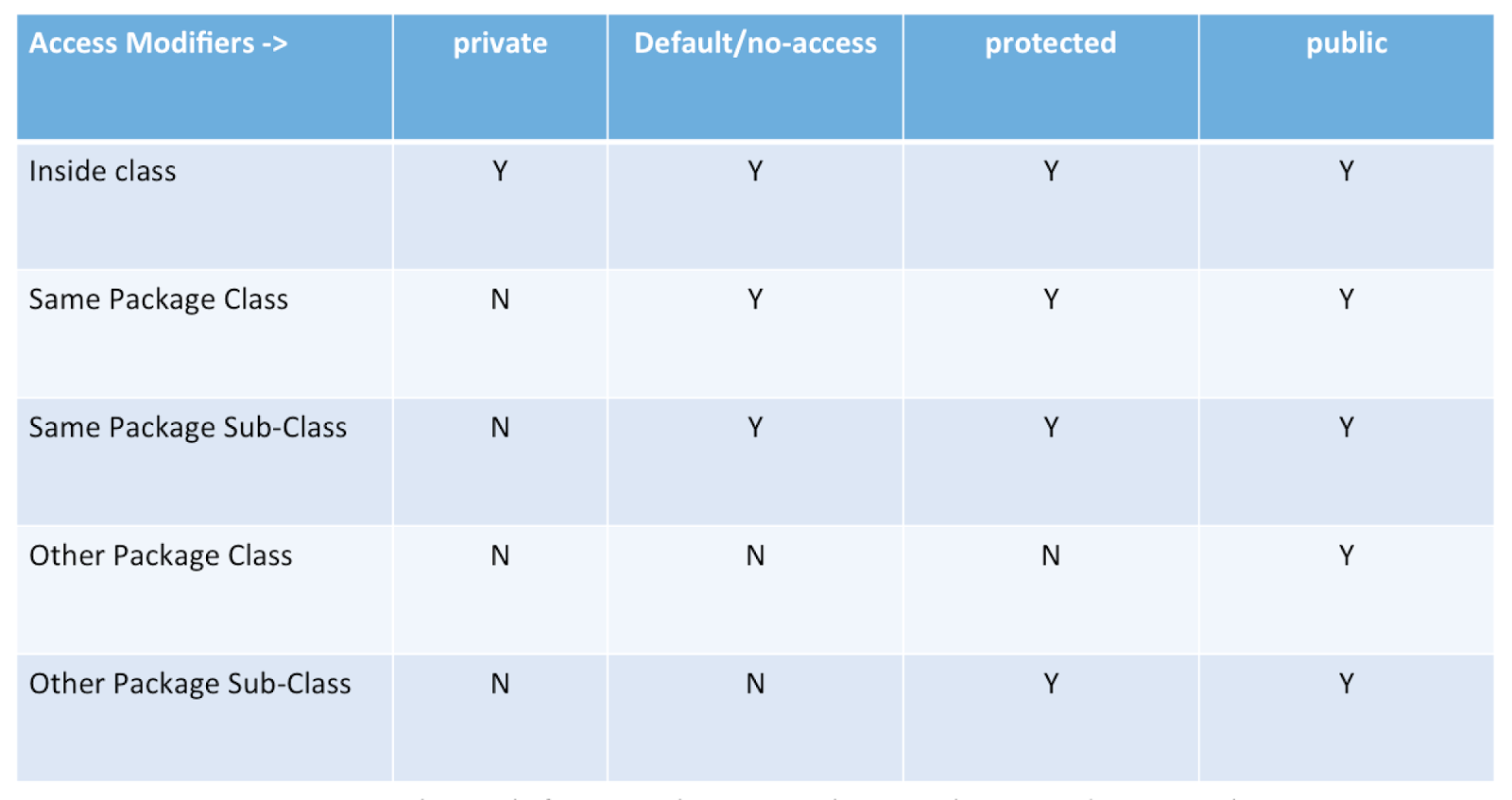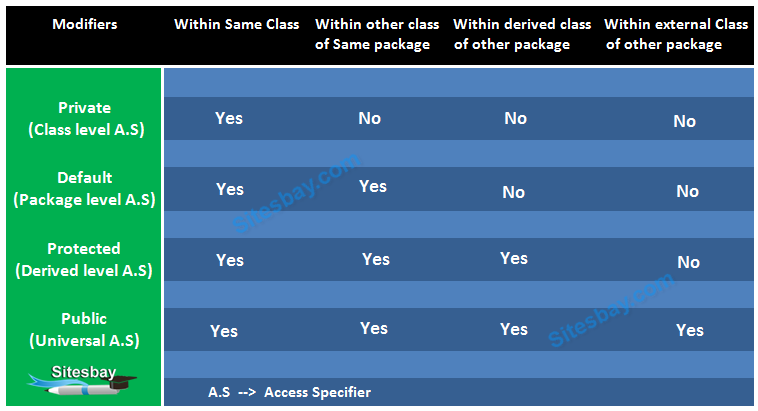
This is where things become… complicated. Kotlin’s “internal” Modifier as Seen From Java In the above example, the Foo class will only be accessible from a particular Maven module (or equivalents for other build tools). An internal symbol would only be visible within its own source set. Kotlin offers four various visibility modifiers i.e. kotlin Share Follow asked at 9:27 Nikolay Kulachenko 4,474 3 30 37 2 Well, you could have different source sets for your app (e.g. Introducing Kotlin’s “internal” Modifierįor those that do not know, internal modifier restricts the visibility of an element to a particular module: internal class Foo They also sometimes called access specifiers or access modifiers. So… I wonder how Kotlin’s internal classes are represented in and seen from pure Java then? To add a border on the bottom only in Jetpack Compose using Modifier.background() with Shape, follow these steps: First, create a shape that represents the border you want to add.


Method 3: Using Modifier.background() with Shape. The application of visibility modifiers to our. You can modify the color and height by changing the values of the background() and height() modifiers respectively. It’s not surprising since it was built on top of the JVM and a lot of its syntax sugar is actually implemented by using standard Java features!įor example, if we define an extension method on a standard String class, underneath it’s just a standard static method: fun String.asHelloWorld() : String = "Hello $this" Learn advanced Kotlin programming techniques to build apps for Android, iOS, and the web Nate Ebel. InnerClass() //public Inner Class can be used anywhere.Kotlin features almost excellent compatibility with Java. getName() //public method can be used anywhere ClassA.

clazzName) //public field can be used anywhereĬlassA.

println(clazzName) //public field can be inherited to any sub class ClassA classA = new ClassA() indexed access operator (translated to calls of get and set). Kotlin supports the following operators and special symbols: +, -,, /. println(clazzName) // public field can be used anywhere InnerClass innerClass = new InnerClass() //public Inner Class can be used anywhere. The following tokens act as keywords in modifier lists of declarations, and they can be used as identifiers in other contexts. Kotlin internal is one of the access modifiers and it is used to declare the datas and it is visible only inside a module.


 0 kommentar(er)
0 kommentar(er)
